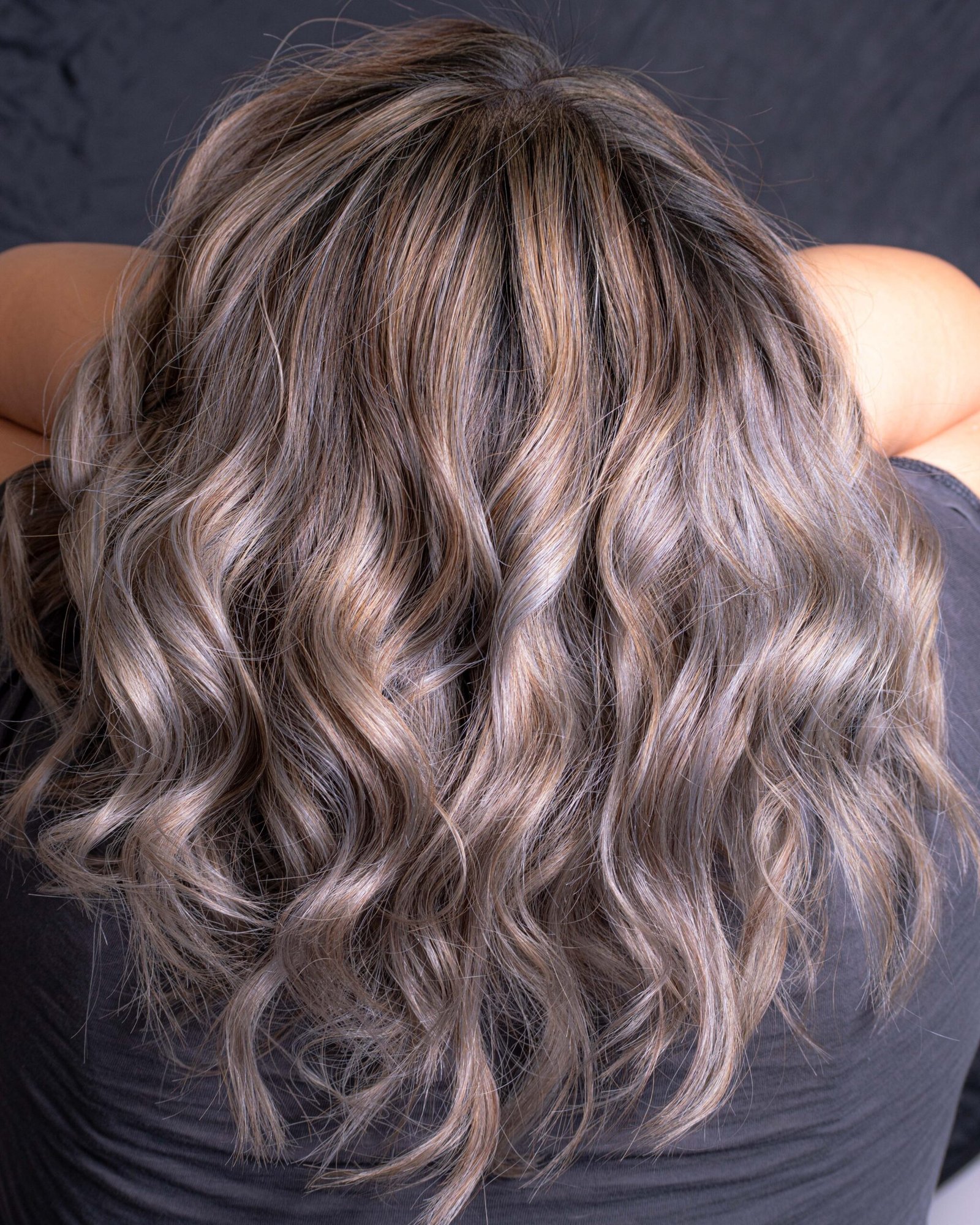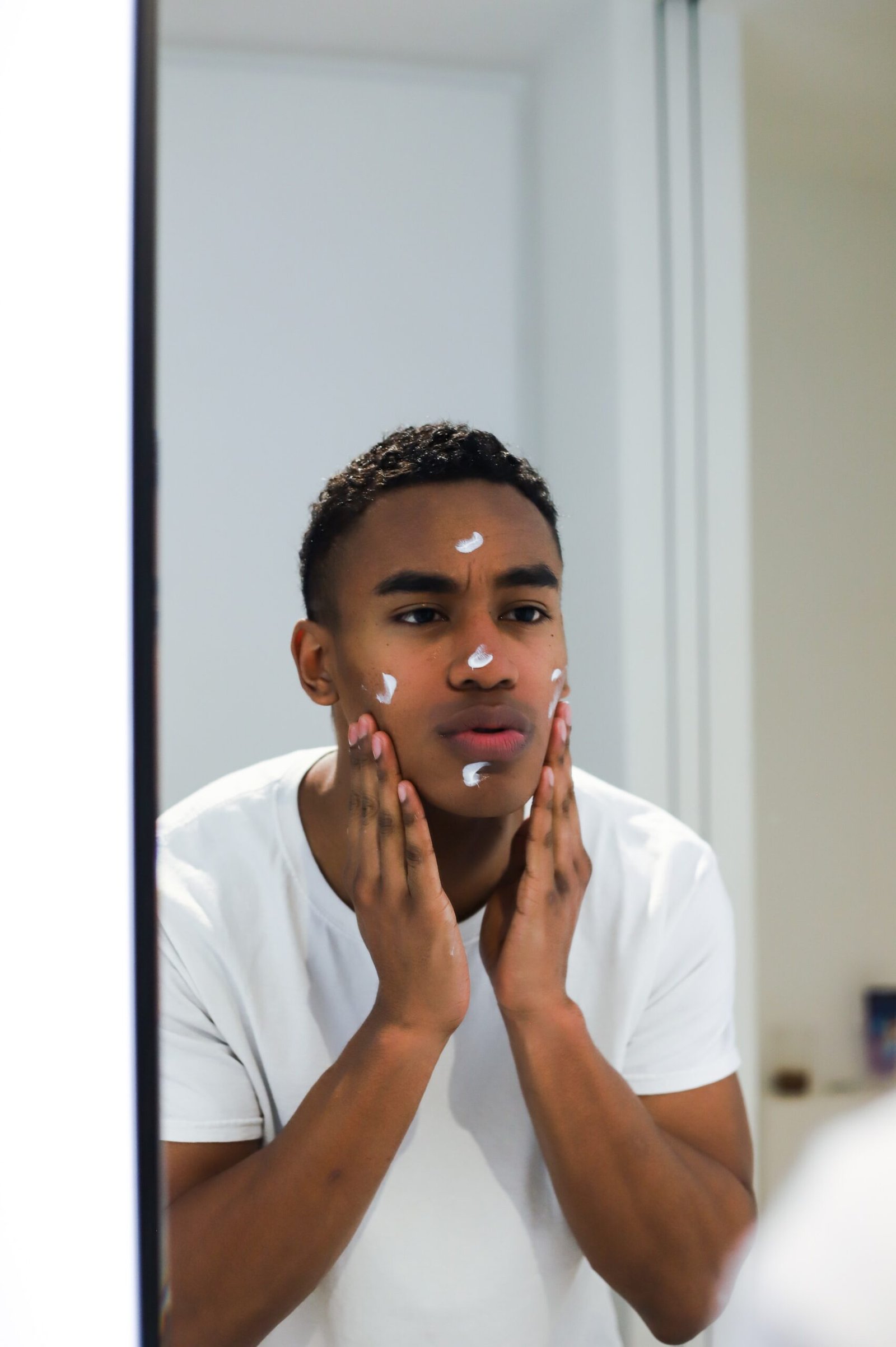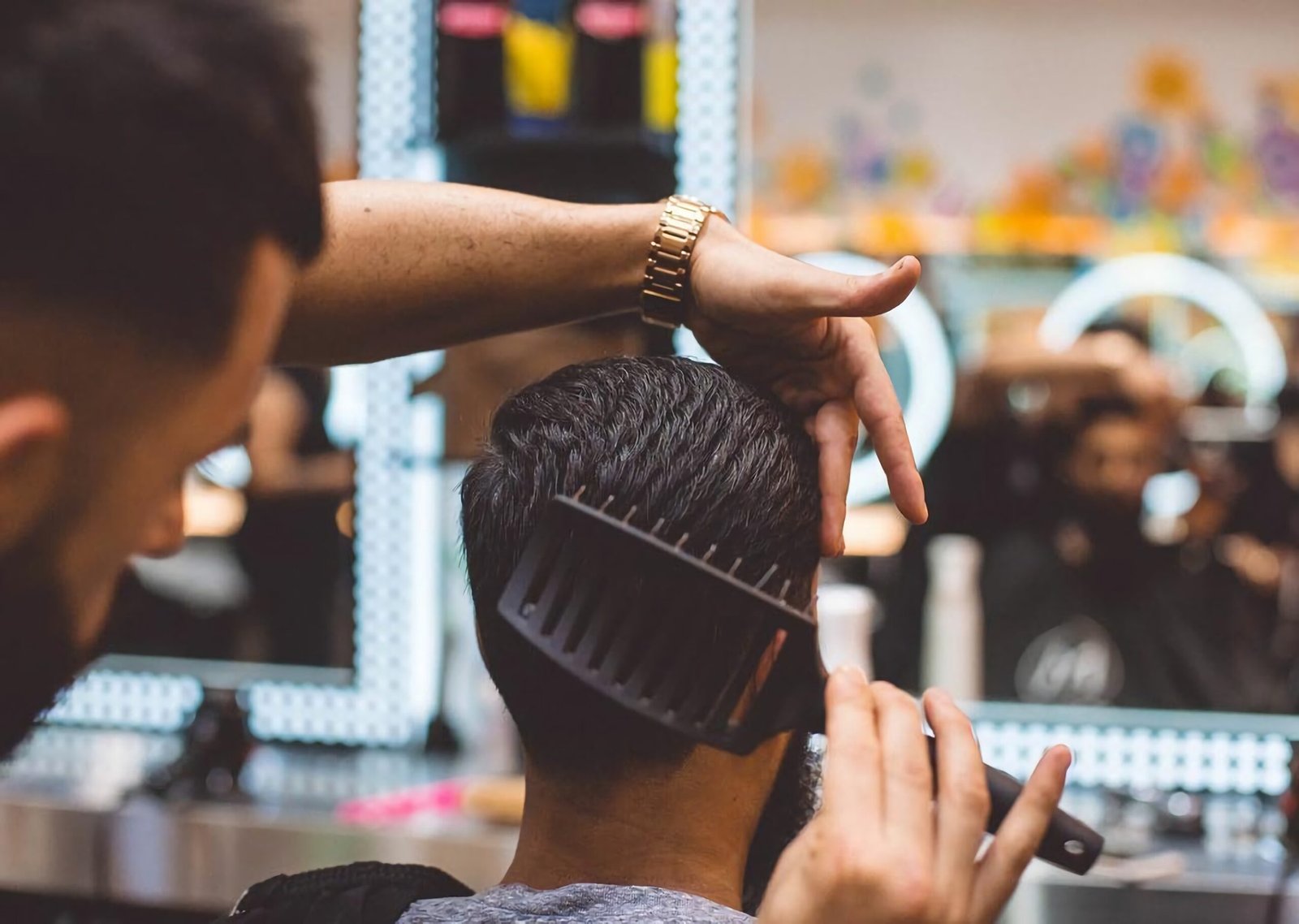Safe Hair Coloring Options for Mature Hair: How to Maintain Your Style with Confidence
As we age, our hair undergoes various changes, including graying and thinning. Many individuals turn to hair coloring as a way to maintain their style and regain their youthful appearance. However, concerns about the safety of hair dyes often arise, especially for those with mature hair. In this blog post, we will explore safe hair coloring options for mature hair, providing you with the information you need to make an informed decision for your hair care routine.
The Importance of Safe Hair Coloring
Before delving into the options available, it is crucial to understand why safe hair coloring is essential for mature hair. As we age, our hair becomes more delicate and prone to damage. Harsh chemicals and dyes can further weaken the hair, leading to breakage and loss. By opting for safe hair coloring options, you can protect your hair’s health while enjoying the benefits of a vibrant and youthful appearance.
Safe Hair Coloring Options
1. Semi-Permanent Hair Color: Semi-permanent hair color provides a gentle alternative to traditional permanent dyes. It does not penetrate the hair shaft deeply, allowing for a temporary color change that gradually fades over time. This option is ideal for those who want to experiment with different shades without committing to long-term color.
2. Ammonia-Free Hair Dyes: Ammonia is a common ingredient in hair dyes that helps open the hair cuticle to allow color penetration. However, it can also cause scalp irritation and damage the hair. Opting for ammonia-free hair dyes minimizes these risks while still providing vibrant and long-lasting color.
3. Vegetable-Based Hair Dyes: Vegetable-based hair dyes, such as henna, offer a natural and safe alternative for coloring mature hair. These dyes are derived from plants and do not contain harsh chemicals. They provide a more subtle color change and can also enhance the hair’s shine and texture.
4. Professional Salon Services: Seeking the expertise of a professional hair colorist can ensure a safe and tailored coloring experience. Professional salon services often use high-quality, low-ammonia dyes and techniques that minimize damage to the hair. Additionally, a professional colorist can provide personalized advice based on your hair’s specific needs.
5. Root Touch-Up Products: If you only have a few gray hairs or want to extend the time between full-color treatments, root touch-up products are a convenient and safe option. These products come in various forms, such as sprays, powders, or pens, allowing you to target specific areas without exposing your entire head of hair to color.
Frequently Asked Questions (FAQs)
Q: Will coloring my hair damage it further?
A: When using safe hair coloring options and following proper hair care practices, the risk of further damage is minimal. However, it is essential to choose gentle products and avoid excessive heat styling to maintain the health of your hair.
Q: How often should I color my hair?
A: The frequency of hair coloring depends on individual preferences and hair growth rate. Some individuals opt for touch-ups every few weeks, while others prefer monthly or even longer intervals. It is crucial to listen to your hair’s needs and avoid over-processing.
Q: Can I color my hair at home?
A: Yes, you can color your hair at home using safe and user-friendly hair dye kits. However, it is essential to carefully follow the instructions provided and conduct a patch test to check for any adverse reactions.
Q: Will hair coloring cover my gray hair completely?
A: The coverage of gray hair depends on the hair color chosen and the individual’s hair type. Some colors may provide full coverage, while others may offer more subtle blending. Consulting with a professional colorist can help you achieve your desired results.
Q: Can I switch hair colors frequently?
A: While it is possible to switch hair colors frequently, it is essential to consider the potential damage caused by frequent color changes. Opting for semi-permanent or vegetable-based dyes can allow for more flexibility without excessive damage.
Conclusion
Safe hair coloring options for mature hair are readily available, allowing you to maintain your style with confidence. Whether you choose semi-permanent dyes, ammonia-free options, or seek professional salon services, prioritizing the health of your hair is key. Remember to follow proper hair care practices and consult with a professional colorist if needed. Embrace your unique style and enjoy the benefits of safe and vibrant hair color!
Call to Action
Now that you have the knowledge to make informed decisions about safe hair coloring options, why not share this valuable information with others? Help your friends and loved ones maintain their style with confidence by sharing this blog post on your favorite social media platforms. Together, we can empower everyone to embrace their beauty at any age!









